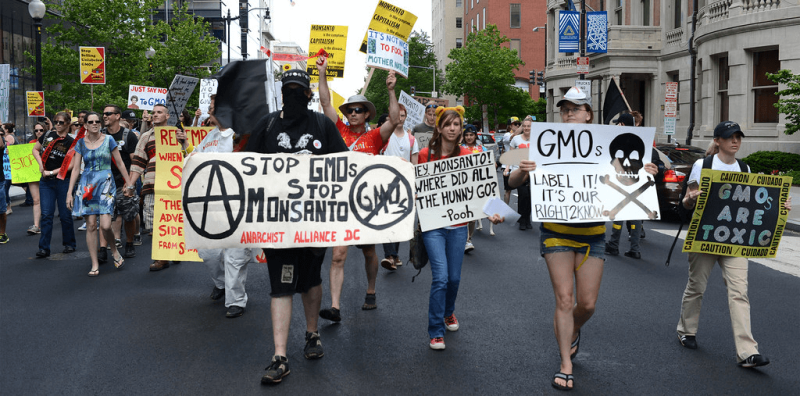How costly are GM bans? To find out, we calculate by how much yields would have been higher in 2019 had all bans on cultivation been lifted ten years before. The result… shows that GM bans mainly hurt Sub-Saharan Africa. Not only because the region is relatively poor and warm, but also because it grows substantial amounts of cotton and maize. Moreover, Sub-Saharan Africa and other low-income countries have large agricultural sectors, so the cost of GM bans relative to their total economies would be disproportionately larger than in richer countries.
At the global level, we find that cost of GM bans in terms of lost output was about US$69 billion in 2019. As our estimated realized gain was $39 billion, it follows that only one-third of the potential of the currently available GM varieties has been realized. The one-third is an average for the four crops, however. Without bans, the world would have produced 13 percent more cotton, 28 percent more maize, 26 percent more rapeseed, and 4 percent more soybean in 2019.
Were Europe to adopt GM crops, emissions could be cut by 33 million tonnes per year, most of which would come from reduced land use. Our results suggest that the scope for reducing emissions this way is even greater in developing countries, where the yield advantage of GM crops is larger. So although valid concerns about their environmental impact remain, our study reinforces the current scientific consensus that GM crops are net positive for the environment.































